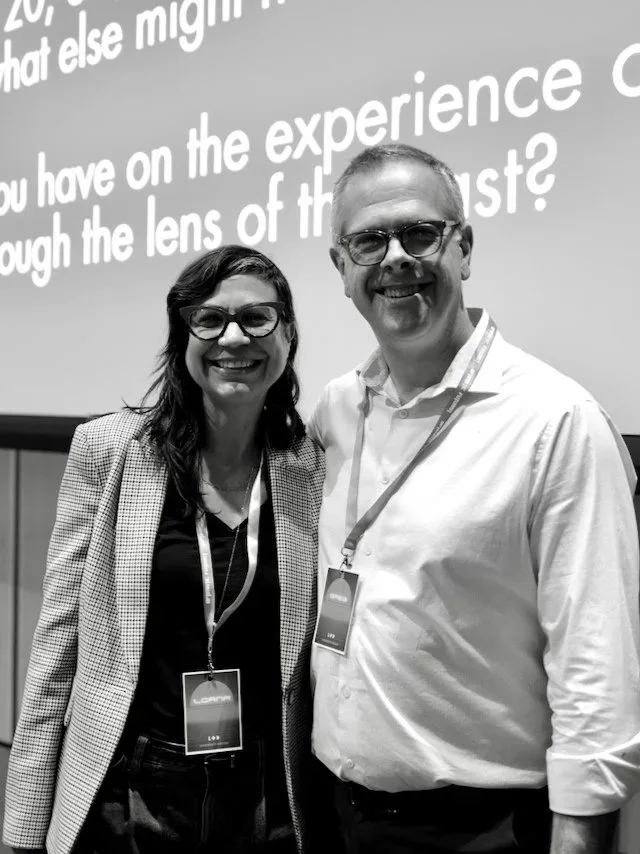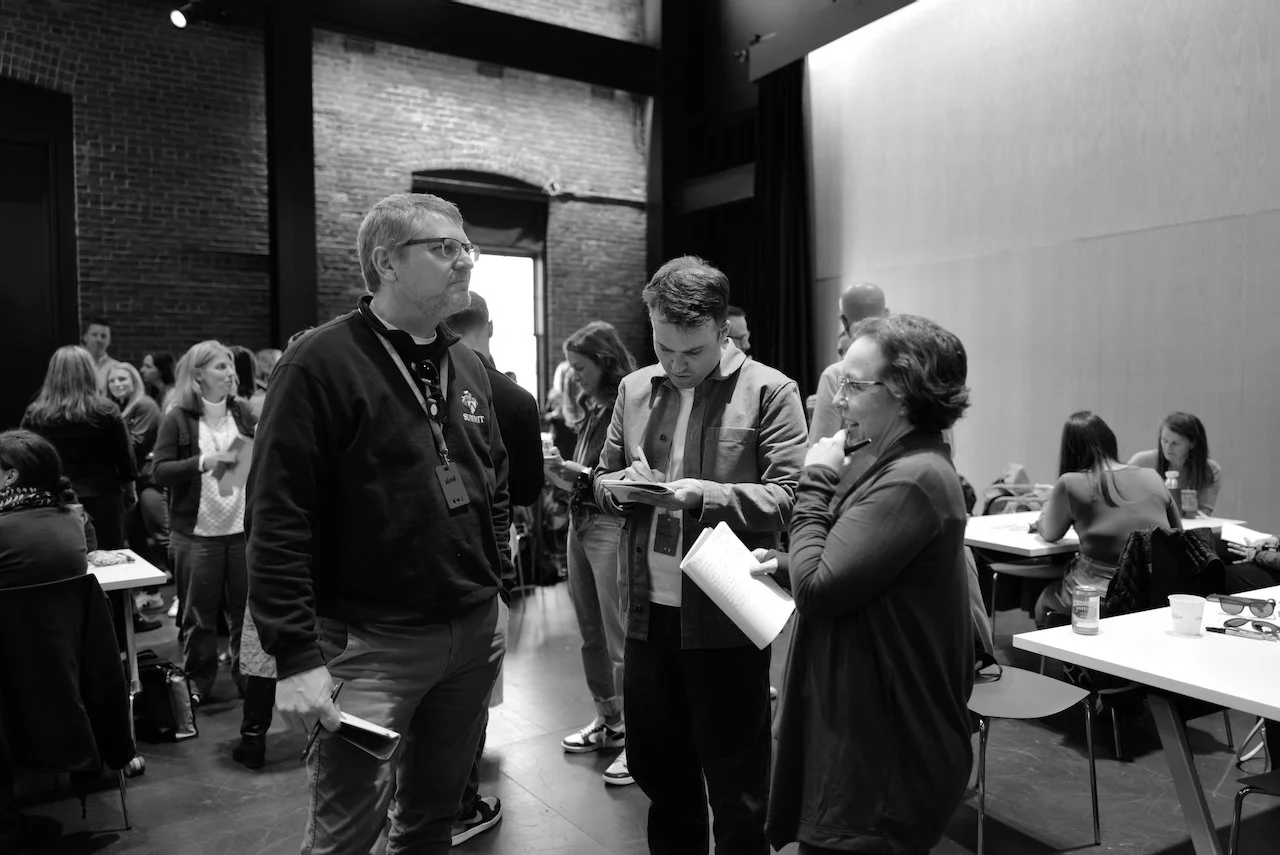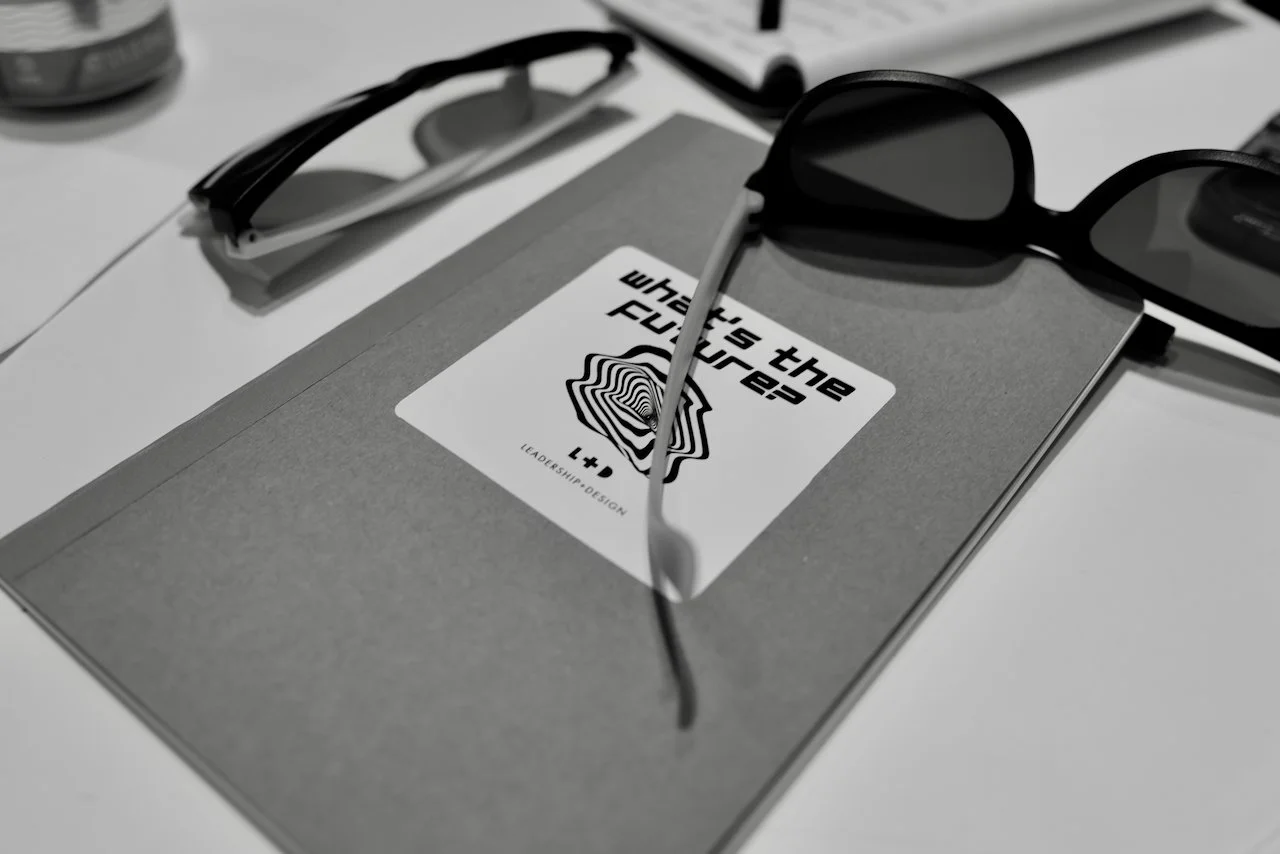Futurist Thinking
When we offer the prompt: “Picture your school 100 years into the future. . .”, it seems like a relatively playful exercise of imagination. But here’s the rub. We are asking people to imagine a world in which they no longer exist. Unless, of course, there is significant medical progress that significantly increases longevity, we are making the assumption when we ask that question, that everyone in the room will be six feet under or ashes to dust. That’s heavy. Confronting our own mortality is a part of thinking like futurists. The decisions we make today impact generations of unborn people who will inherit the earth however we have left it.
The first time we offered WTF “What’s the Future” in San Jose, CA, we didn’t expect it to be such an emotional experience. But throughout the two days, we saw the emotional ups and downs that participants experienced - the joys of time traveling to the past and revisiting the years before the internet, the optimistic realization that the future doesn’t just happen TO us, but that we can design a preferred future, and the sober understanding that to be a leader today means thinking well beyond the next decade and into the next century to a time that we won’t be alive to see. The author Roman Krznaric calls this thinking like a “Good Ancestor,” which is also the title of his book. He encourages leaders to think of themselves as “Intertermporal Ambassadors” who are “leaving gifts to the universal strangers of tomorrow.” If it feels like a big responsibility to care, not just for the school community of today, but also the many communities of the future, well you are right.
Lorna Torrado at the Girls’ School of Austin, has taken on the challenge of serving as an intertemporal ambassador at her school. As a L+D Fellow, she first learned about futurist thinking and it spoke to her and as a Leader in Residence, Lorna expanded her knowledge and understanding of futurist thinking and facilitated WTF this past year. In her role at her school as diversity and equity practitioner and middle school educator, she saw how futurist thinking connected to her passion for social justice. Thinking not just about equity and today, but rather intergenerational equity and justice allowed her to have a longer view of the impact we can have when we make This realization also ignited a desire to bring futurist thinking to her students at GSA and she integrated futurist thinking into her Social Justice and SEL Middle School Program. Her DEIB and SEL bi-monthly middle school class now includes future thinking as a call for action and change. an elective course for her middle school on “How to think like a futurist.”
Thinking about the Future is Emotional Labor
By L+D Partner Carla Silver
Lorna’s new title in the 2025-26 school year is Director of Futures Thinking & 21st Century Skills.
Futurist thinking is emotional labor. Seth Godin describes emotional labor as, “The work of doing what we don’t necessarily feel like doing, the work of being a professional, the work of engaging with others in a way that leads to the best long-term outcome. Of course it’s difficult. That’s precisely why it’s valuable. Sometimes, knowing that it’s our job—the way we create value—helps us pause a second and decide to do the difficult work.” It’s hard to think about our impact on the future and to design for people we will never know. The present seems so urgent. And also so fleeting. Thinking about the future sometimes feels like it’s a waste of time - too ambiguous, too uncomfortable, “out of our control,” and most of all, forcing us to face our own inevitable demise. School leaders - trustees, administrators, and faculty and staff - we need to work through the discomfort, fear, resistance, and dread that sometimes comes with futurist thinking and design for our preferred present and future if we are truly going to be stewards of our school and make the long term, significant impact we hope to make.
“My academic and professional journey has always been rooted in an intersectional lens. When I encountered the concept of future thinking, it felt like discovering a missing puzzle piece. If we’re asking young people to think critically about systems through the frameworks of DEIB and to build empathy and social awareness through SEL, then we must also ask: where do they channel that insight? Where can their curiosity and imagination take root? We can’t expect innovation without first providing the tools to see the world differently, and just as importantly, without giving them permission to imagine something new. That’s the vision behind the creation of the Middle School DEIB/SEL/Future Thinking Program.”
Lorna Torrado




